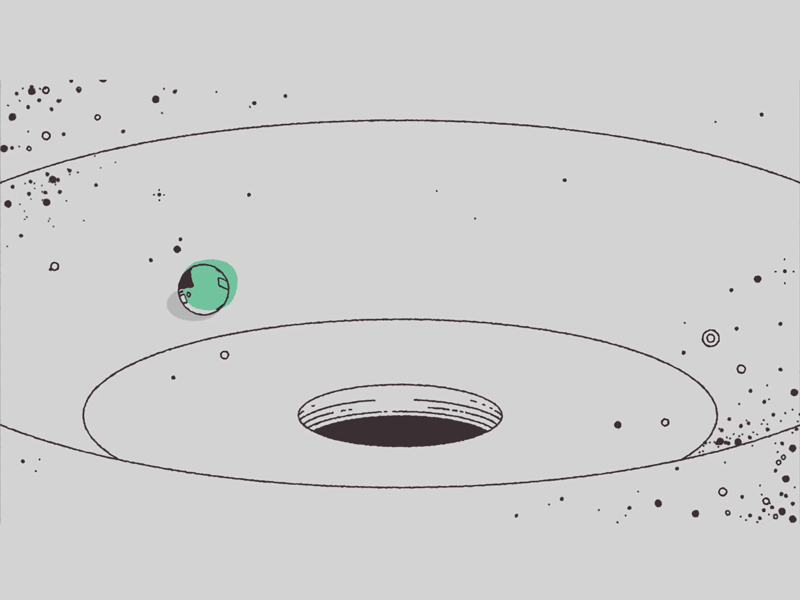It is difficult to think of a formula more iconic than Einstein's "E = mc^2," but until now, scientists still lacked evidence to support this claim.
After observing the gravitational waves emanating from the collision of two black holes this past week, that has changed.
"According to Einstein's theory of relativity, the fabric of spacetime can bend, arch and flex, and the gravitational wave is a disturbance in the fabric that travels at the speed of light," Maulik Parikh, Ph.D, an associate professor for the Department of Physics at ASU, said.
When gravitational waves travel through space, everything they pass gets distorted and stretched. Over the past few years, scientists have observed a series of these waves passing near Earth.
"The first gravitational wave was detected in September 2015, through a detector called LIGO," Parikh said.
The Laser Interferometer Gravitational-Wave Observatory (LIGO) is an observatory operated by the California Institute of Technology and the Massachusetts Institute of Technology which is intended to catch glimpses of these elusive waves.
"The ripple of gravitational waves passed through the Earth, and the detector's arms got longer and shorter because space itself got longer and shorter," Parikh said.
As with most things in science, "longer and shorter is relative." The LIGO facility has two arms, approximately 2.5 miles long each. Parikh said that when the gravitational wave passed through Earth, these arms only grew by the size of a nucleus of an atom.
This past week was the fourth time gravitational waves were observed, this time by more detectors than just LIGO.
"The signal was detected by all three interferometers – the two U.S. ones and Virgo in Italy," Philip Mauskopf, a professor at the ASU School of Earth and Space Exploration, said."
By having three facilities involved, scientists were able to triangulate and localize the source of the wave. Because of the properties of these waves, Mauskopf said that scientists have now determined that the source must be the collision of two black holes.
GIF by Bee Grandinetti
"When massive black holes merge, they basically distort local spacetime," said Rogier Windhorst, a regents' professor of ASU's School of Earth and Space Exploration.
According to Windhorst, coordinating all three interferometers so that they could localize the collision was no easy feat.
"That's quite a difficult and unusual thing to do, and they managed to get it right," Windhorst said.
So what is so special about the collision that caused the waves?
"There were two black holes that just collided," Parikh said. "One of them was 31 times the mass of the sun, and the other one was 25 times the mass."
The two black holes merged, forming a new black hole about 53 times the mass of our sun, according to the LIGO California Institute of Technology website.
"Three times the mass of our sun went missing," Parikh said. "Where did all that mass go?"
It was converted to energy, as predicted by the equation "E=mc^2." The formula shows how mass may be converted to energy, which is exactly what happened with the two black holes.
"With the Hiroshima bomb, one teaspoon of matter was converted into a bomb that big," Parikh said. "Here we're talking about three times the mass of the sun. It's really, unbelievably energetic."
All this energy converted into gravitational waves.
"The energy that was released in the final moments of this merger, just to give you a sense of scale, was more than the energy emitted ... by all the stars in the universe put together," Parikh said.
Reach the reporter at sdeadric@asu.edu or follow @deadrick_sam on Twitter.
Like The State Press on Facebook and follow @statepress on Twitter.





